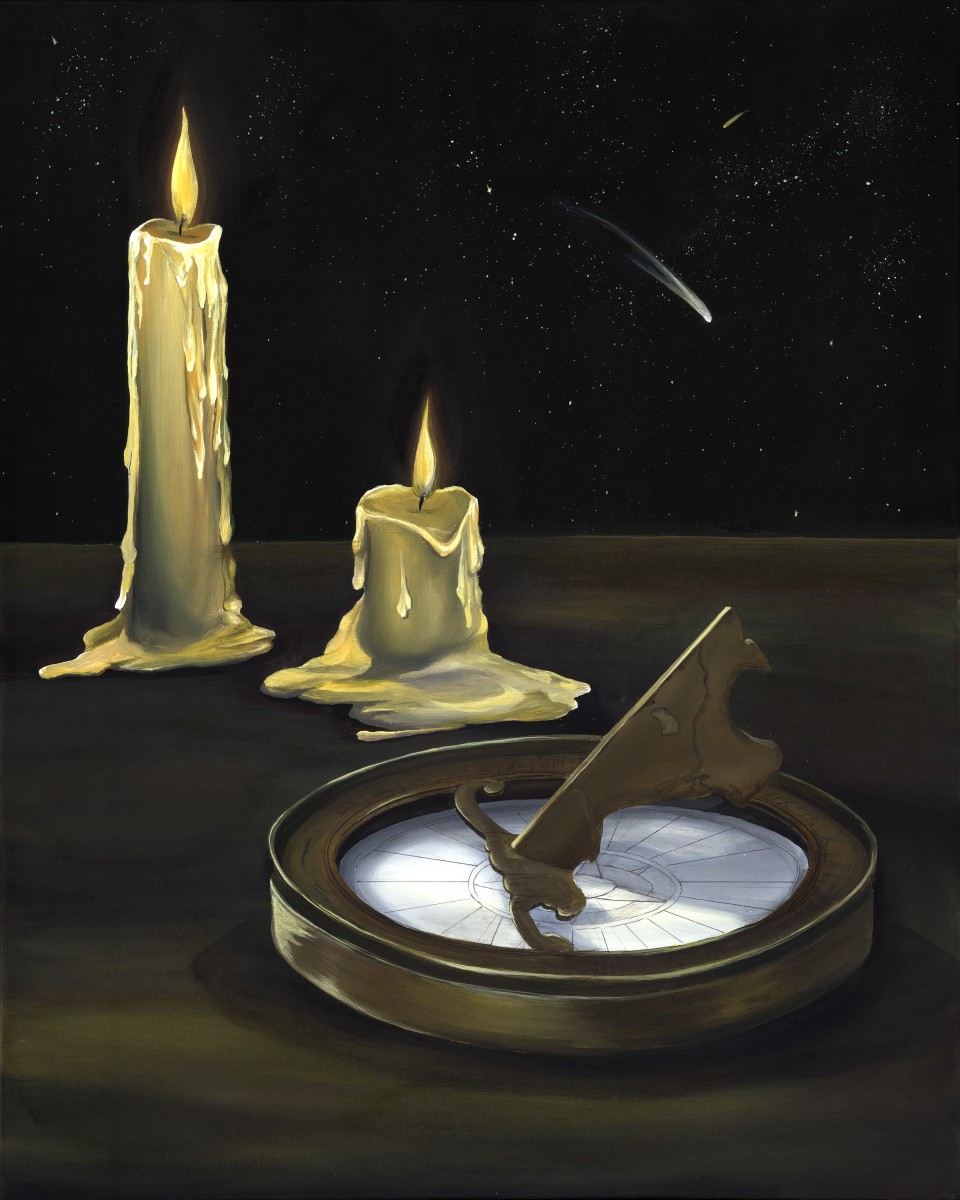
When Roger Williams’ body was discovered for reburial, it was beneath an apple tree. The roots had entered into the place where his skull lay, and taken the shape of his corpse. Today that skeleton shaped root, called “Williams’ Root,” can be found in the John Brown House Museum in Rhode Island.
We walk into the visitor’s center at Roger Williams National Memorial and I notice a weathered gold compass protected within a Plexiglas box. It looks like a pocket-sized sundial, engraved with coordinates. There is a tall man wearing a long ponytail and park ranger uniform, so I inquire about this unique piece. The ranger’s name is John McNiff, and he happens to be very passionate and knowledgeable about Rhode Island’s interesting history. Alfonso and I take a seat on a small wooden bench as Mr. McNiff paces around the showroom, pointing out maps, diagrams and artifacts that tell the story of this tiny state, which all began with a man named Roger Williams.
While Roger Williams is most well known for being the founder of Rhode Island, he served a much greater role in the establishment of freedom in the New World. In 1631, he left his home in London and began preaching Puritan ways in Salem. Unfortunately, his advanced belief system and tolerance caused controversy, and led to threats of exile. With deportation lingering, the preacher escaped into the wilderness. In route to Narragansett Bay, he became friendly with the natives and purchased land from them. Williams named his settlement Providence meaning “In thanks to God.”
Roger Williams had a handful of followers who supported his belief in religious liberty, or “liberty of conscience,” as he called it. As a result, they established a land of free religion. The first Baptist church in America was built here, and even before the American Revolution, Rhode Islanders rejected the King’s rule over the colonies. They felt that European law conflicted with their ideology. In fact, the colony was so adamant about retaining their freedoms, that they refused to become part of the United States until the first amendment was added to the U.S. constitution. Williams’ influence helped to ensure religious freedom for all, and in a small plastic case sits his compass. It no longer navigates these lands, but serves as a reminder for the moral compass that guides “the home of the free.”
While John McNiff shares the personal struggles of this simple man with a vision, I am inspired to pay tribute to his journey. I contemplate our own project and thoughts of how we’ll define success come to mind. Two people eating off ten dollars a day, facing a gallery owner after a week of not showering and still loving your spouse after a year of living in a car with them . . . these are our accomplishments! The destination may define us, but the journey is what creates us.
